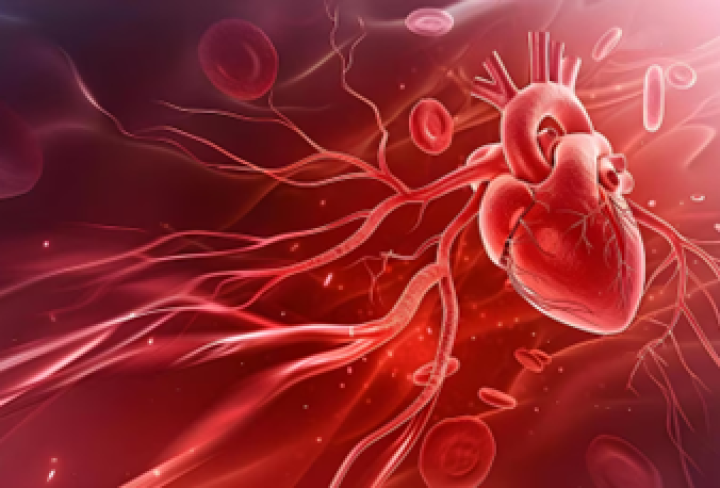In the realm of modern medical imaging techniques, vasculography stands out as a pivotal tool for visualizing the intricate network of blood vessels within the human body. With its ability to uncover hidden anomalies and detect potential blockages, vasculography plays a crucial role in guiding healthcare professionals towards accurate diagnoses and effective treatment strategies for maintaining optimal vascular health.
Understanding Vasculography: The Process Unveiled
At its core, vasculography is a non-invasive diagnostic procedure that employs a contrast dye and advanced imaging modalities like X-rays or fluoroscopy. The process begins with the injection of contrast dye into the bloodstream. This dye, which is specially formulated to enhance visibility, travels along the blood vessels. As the dye moves through the vascular system, the imaging equipment captures detailed images of the blood vessels’ structure and function.
Uncovering Anomalies and Blockages
The real power of vasculography lies in its ability to unveil vascular anomalies, blockages, and other issues that might otherwise remain hidden. The contrast dye, acting as a spotlight, highlights any irregularities within the blood vessels, such as narrowings or dilations. This enhanced visibility assists medical professionals in identifying conditions like arterial stenosis, aneurysms, and more.
Precision in Diagnosis and Treatment
The insights gained from vasculography have a profound impact on patient care. By accurately visualizing the vascular system, healthcare providers can make informed decisions about treatment strategies. For instance, when a blockage is detected, medical teams can consider interventions such as angioplasty or stent placement to restore normal blood flow. This level of precision ensures that patients receive tailored care that addresses their specific needs.
The Advantages of Vasculography
One of the primary advantages of vasculography is its ability to catch issues at an early stage. By detecting anomalies before they lead to more serious complications, patients have a better chance of achieving positive outcomes. Additionally, vasculography provides a non-invasive alternative to more invasive procedures, minimizing discomfort and reducing the risk of complications.
In an era where personalized medicine is becoming increasingly important, vasculography shines as a valuable tool for healthcare providers. Its ability to provide clear insights into the vascular system empowers medical professionals to make well-informed decisions, ultimately leading to better patient outcomes.
In conclusion, vasculography has emerged as a game-changer in the field of medical imaging. Through its innovative combination of contrast dye and advanced imaging technologies, it offers a window into the complex world of blood vessels. By uncovering anomalies, identifying blockages, and aiding in precise diagnoses, vasculography contributes to the maintenance of a healthier vascular system and improved overall well-being.
